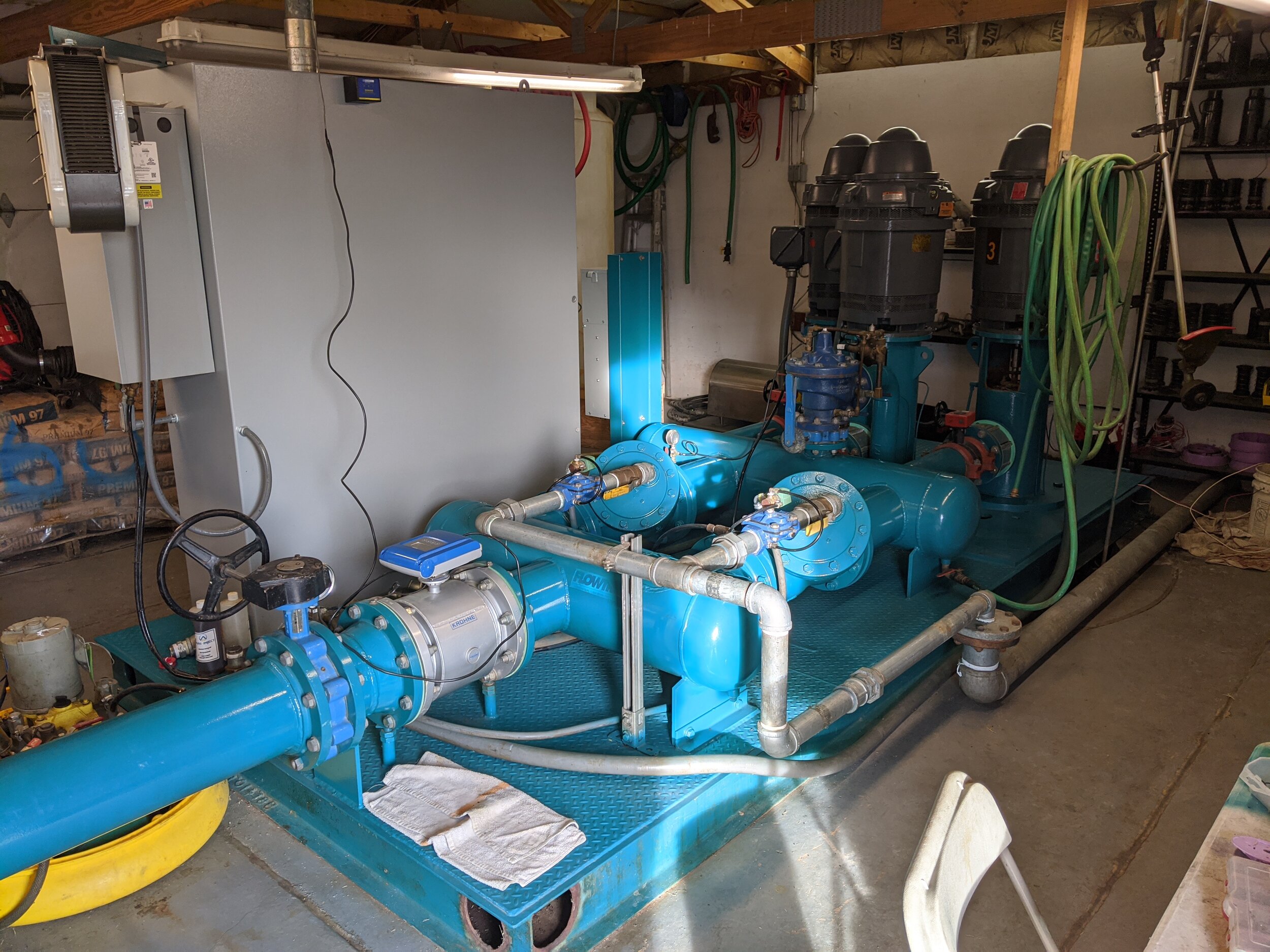Energy Conservation
The GCSAA Golf Course Environmental Profile, Phase II, Vol. V (GCSAA 2017), estimates that turf maintenance accounts for 47 percent of energy consumed at a golf facility, with total facility uses encompassing clubhouses, swimming pools, tennis courts, and various other operations. [16] There are six major energy sources for golf courses: electricity, gasoline, diesel, natural gas, propane, and heating oil. Colorado golf courses optimize energy use with a mix of these six energy sources, in addition to solar energy.
In 2019, Colorado ranked 12th nationwide for solar power-generating capacity with over 1,300 megawatts installed and 25 percent of net electricity generation came from renewable sources. The governor of Colorado proposed a plan that same year for 100 percent of the state's electricity generation to come from renewable sources by 2040. [17] Colorado golf courses are making strides toward renewable energy with 13 percent of golf courses in Colorado reporting onsite solar energy production in 2018.
Many Colorado golf courses have implemented BMPs to drive behaviors and processes, improve energy efficiencies, encourage optimal design, support innovative solutions, and promote education. Reductions in energy use align with state initiatives, support overall environmental stewardship, and promote sustainable operations.
Colorado Golf Courses Energy Conservation
100% of respondents have implemented two or more energy conservation measures. 56% of respondents have at least five or more energy conservation measures in place.
Top three energy conservation efforts include use of:
Variable Frequency Drives (VFDs) in Pump Stations implemented at 99% of those surveyed
Indoor and outdoor LED lighting (92%)
Scheduling for HVAC and lighting (61%)
Additional energy conservation practices:
Lithium ion battery golf carts are being used at 22% of golf courses surveyed and 31% are planning to add them in less than five years to help reduce their environmental footprint.
Hybrid equipment such as mowers has been adopted by 34% of respondents.
88% of courses are using at least four different energy sources.
[16] GCSAA Golf Course Environmental Profile, Phase II, Vol. V (2017). Retrieved from https://www.gcsaa.org/docs/default-source/ Environment/phase-2-energy-survey-full-report.pdf?sfvrsn=9cedeb3_2
[17] U.S. Energy Information Administration, Colorado State Energy Profile. (March 19, 2020) Retrieved from https://www.eia.gov/ state/analysis.php?sid=CO







